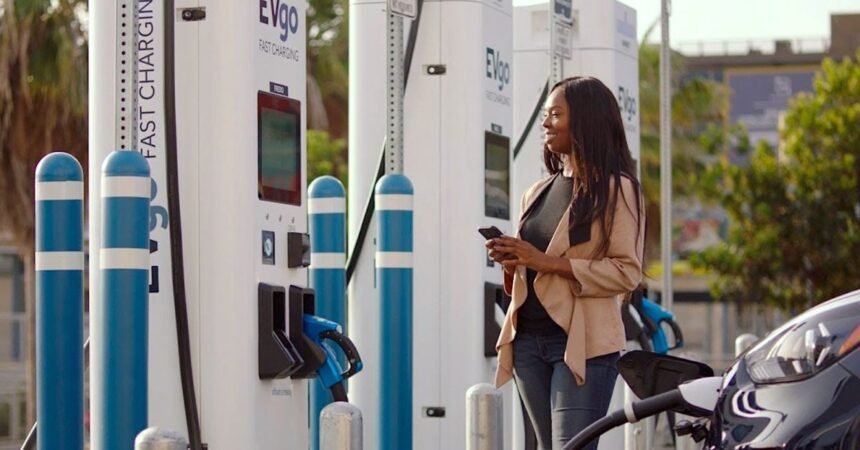Electric vehicles are gaining popularity in Chicago, with a significant increase in BEV registrations in the first quarter of 2025 compared to the previous year. However, the city’s charging infrastructure has not kept up with this growth. To address this issue, the Chicago Department of Transportation (CDOT) has introduced a new plan called “Chicago Moves Electric Framework” to enhance the city’s EV charging infrastructure.
One of the key objectives of the plan is to bring electric vehicle charging to underserved communities, including EIEC and low-income neighborhoods. This focus on equity and accessibility aims to ensure that all residents have access to clean transportation options. CDOT Commissioner Tom Carney emphasized the importance of public input in creating a roadmap for electric transportation that serves every neighborhood in Chicago.
Neighborhoods on the south and west sides of Chicago experience higher levels of air pollution and diesel emissions, largely due to vehicle emissions. Despite this, most public charging stations are concentrated in higher-income areas, leaving environmental justice neighborhoods with limited access to charging infrastructure. Mayor Brandon Johnson highlighted the need to prioritize investments in historically underserved areas to improve mobility and public health.
The Chicago Moves Electric Framework includes initiatives such as the installation of Level 2 and DC fast charging stations in public locations like libraries and Midway Airport. The plan also aims to streamline the EV charger installation process for businesses and residents and implement Low-Emission Zones in areas disproportionately impacted by air pollution.
Chicago has set a goal of installing 2,500 public passenger EV charging stations and electrifying the city’s entire municipal vehicle fleet by 2035. The city’s commitment to promoting electric transportation through infrastructure development and policy initiatives sets a positive example for other cities to follow.
Overall, Chicago’s approach to electric vehicles aligns with smart environmental policy, utility incentives, and a strong push for equitable infrastructure development. By prioritizing accessibility and sustainability in transportation, the city is paving the way for a cleaner and greener future.







